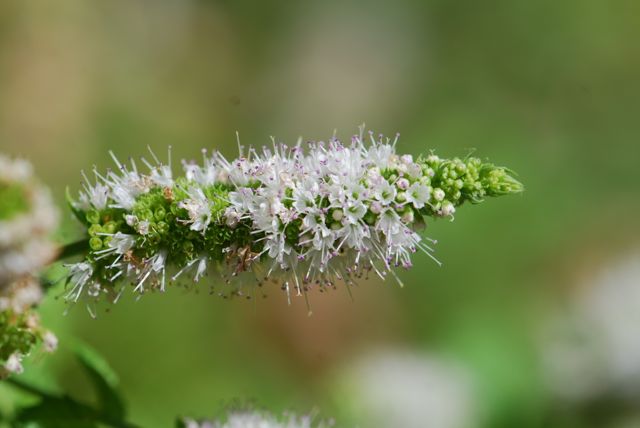Rather than having a lesson today, I thought we’d have a short intermission and take a look at a book (written at the adult level) about seeds that came out recently . Seeing Seeds: A Journey into the World of Seedheads, Pods, and Fruit by Teri Dunn Chace and Robert Llewellyn could be used as a coffee table book due to the superb illustrations, but the informative text makes it something much more.
The first thing you will notice about this book are the illustrations. Robert Llewellyn uses a relatively new technique called “image stacking,” which involves take multiple images at different levels and then melding them together using computer software to create a crisply-focused, almost three dimensional image. When you first pick up the book, you will be mesmerized by these images, which grace every page (Timber Press shows previews on its website.)
What is even more thrilling about this book, however, was the quality botanical information. For example, the spread on spider flower reveals that what look like seed pods are actually called “siliques.” Because members of the Brassicaceae have similar structures, the plants were originally assigned to that family. Looking a DNA, however, botanists have now moved these plants to their own family, the Cleomaceae. Fascinating!
If you are a regular reader of this blog, you know we’ve been featuring mystery seeds and Seed of the Week for several years. Seeing Seeds is a wonderful resource to expand and continue studies on seeds and seed pods.
Have you seen this book? What did you think?
Hardcover: 284 pages
Publisher: Timber Press (August 26, 2015)
ISBN-10: 1604694920
ISBN-13: 978-1604694925
Disclosure: This book is my own copy. I am an affiliate with Amazon so I can provide you with cover images and links to more information about books and products. As you probably are aware, if you click through the highlighted title or image link and purchase a product, I will receive a very small commission, at no extra cost to you. Any proceeds help defray the costs of hosting and maintaining this website.



















































